Effective goal management is crucial in both the professional and personal spheres. However, in order to achieve these goals, it is important to define them clearly and adapt them to changing circumstances. In this article we will look at two popular ones – the SMART Method and the SMARTER Method. We will discover what the differences are between the two and how they can help you achieve your goals with greater efficiency.

Chcesz zwiększyć zyski dzięki SEO?
Przygotuję strategię działania i razem z moim zespołem wdrożę ją dla Ciebie.
SMART method and SMARTER method
The main difference between these methods is that the SMARTER method is more flexible and takes into account the need for periodic assessment and evaluation of goals. It also includes an element of austerity, which can encourage more ambitious goals. This approach can be particularly useful in situations where objectives may be changing or require constant adaptation to new business conditions.
The SMART method and its extension SMARTER are tools that help define and achieve goals in a more organized and effective way.
Here are their brief descriptions:
SMART method
- S – Specific (Specific): The objective should be clearly defined and precise to leave no room for ambiguity.
- M – Measurable: The goal should be measurable so that it can be determined whether it has been achieved.
- A – Active (Achievable): The goal should be realistic and achievable, not seeming impossible.
- R – Relevance (Relevant): The goal should be related to the overall objectives and values we want to achieve.
- T – Time-bound: The goal should have a deadline for completion so that progress can be monitored.
SMARTER Method
- S – Specific (Specific): As in the SMART method, the goal should be precisely defined and clear.
- M – Measurable: The goal should be measurable so that its progress can be assessed.
- A – Active (Achievable): The goal should be realistic, but in the SMARTER method the emphasis is also on ambition and challenge.
- R – Relevant (Relevant): As in the SMART method, the goal should be related to overall goals and values.
- T – Time-bound: A goal should have a deadline, but in the SMARTER method, the deadline is more flexible and customized.
- E – Saved (Evaluated): The target should be regularly evaluated and adjusted to changing circumstances.
- R – Reorientation (Reviewed): The goal should be reviewed periodically and, if necessary, adjusted to reflect new goals or priorities.
The SMARTER method extends the SMART concept by adding elements related to flexibility and continuous evaluation of goals. This tool can be particularly useful in managing projects, achieving long-term goals and adapting to changing business conditions.
Where do SMART and SMARTER methods apply?
The SMART and SMARTER methods can be used successfully in a variety of areas and goals, both in professional and personal life. Here are some examples of applications of these methods:
1. business goal planning:
- Determine a specific number of new customers to be acquired during the year.
- Determine the percentage increase in turnover during the quarter.
- Determine the number of projects to be completed by a certain date.
2 Project management:
- Clarify specific steps to be implemented in the project.
- Establish measurable indicators of project progress.
- Determine realistic deadlines for delivery of project milestones.
3. personal development:
- Define specific skills to be acquired or educational goals.
- Determine the number of books or online courses read per year.
- Planning for personal development achievements, such as learning a new language.
4 Fitness and healthy living:
- Establish a measurable amount of calories burned during training.
- Determine a specific weight loss or the number of push-ups performed.
- Planning the regularity of training per week.
5 Personal Finance:
- Set a specific savings goal for a specific purpose, such as a vacation.
- Determine the percentage increase in savings over a given period.
- Planning to repay a certain amount of debt over a certain period of time.
6 Time management:
- Establish a specific time allotted for each task during the day.
- Set a target related to performance at work, such as the number of tasks completed.
- Planning time to relax and unwind.
In each of these areas, the SMART and SMARTER methods help set clear goals, track their progress, and adjust actions as needed. This makes them tools for effective planning, management and success.
Summary
The SMART Method and the SMARTER Method are valuable tools in the goal management process. The SMART method focuses on five key aspects of goals, providing clarity and specificity. The SMARTER Method, on the other hand, extends this approach with elements related to evaluation and review of goals, making it more flexible and adaptable to changing conditions. The choice of the appropriate method depends on the type of goals and the context, but both SMART and SMARTER are designed to facilitate a conscious and effective pursuit of success.


















